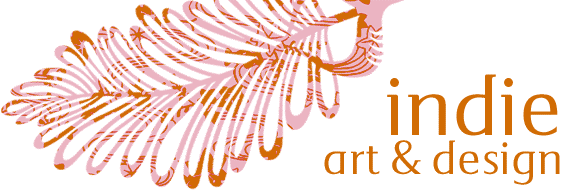Shipping
All orders (both within Australia and international orders) are shipped via standard mail using Australia Post.
For orders within Australia, you may also choose Express Post at the checkout for overnight delivery to 80% of addresses. (Visit Australia Post to check Express Post delivery times to your postcode.)
We post orders within 2 business days. (If we expect any delays, we will contact you before posting your order.)
We offer FLAT SHIPPING RATES so that you know what to expect BEFORE you get to the checkout!
Shipping rates are as follows:
Orders within Australia up to 500g: AUD $8.50
Orders within Australia NSW, ACT, VIC, QLD - 500g - 3kg: AUD $12.90
Orders within Australia WA, SA, TAS, NT - 500g - 3kg: AUD $16.90
Orders within Australia NSW, ACT, VIC, QLD - 500g - 3kg (large parcel): AUD $13.90
Orders within Australia WA, SA, TAS, NT - 500g - 3kg (large parcel): AUD $18.90
Orders within Australia NSW, ACT, VIC, QLD - 3kg - 5kg: AUD $16.90
Orders within Australia WA, SA, TAS, NT - 3kg - 5kg: AUD $16.90
Orders within Australia EXPRESS POST up to 500g: AUD $10.35
Orders within Australia EXPRESS POST NSW, ACT, VIC, QLD 500g - 3kg: AUD $14.80
Orders within Australia EXPRESS POST WA, SA, TAS, NT 500g - 3kg: AUD $24.80
Orders within Australia EXPRESS POST NSW, ACT, VIC, QLD 500g - 3kg (large parcel): AUD $23.60
Orders within Australia EXPRESS POST WA, SA, TAS, NT 500g - 3kg (large parcel): AUD $33.60
Orders within Australia EXPRESS POST NSW, ACT, VIC, QLD 3kg - 5kg: AUD $23.60
Orders within Australia EXPRESS POST WA, SA, TAS, NT 3kg - 5kg: AUD $33.60
International orders up to 500g to USA, Asia, Oceania: AUD $24 (ex. GST)
International orders up to 500g to UK, Europe, South America, Africa, Middle East: AUD $28.50 (ex. GST)
For international orders over 500g, shipping is TBA. We will calculate the actual postage cost, and contact you for confirmation before processing and posting your order. (If you have paid by Paypal and decide not to proceed with your order upon notification of shipping costs, your payment will be refunded immediately once we have been notified.)
* To mainland Australia and Tasmania only.
Returns & Exchanges
indie art & design accepts returns of faulty goods within 14 days and will refund payment in full (including all postage costs) upon receipt of returned goods.
We also offer exchanges or credit notes for change of mind purchases. Goods must be returned within 14 days in perfect and unused condition along with original packaging.
(Postage costs are to be covered by the customer.)
In both cases, please notify Carolyn by email before posting returned goods. That way, if you need to exchange a garment for a different size, for example, we can reserve the correct size for you straight away!
Returns are to be addressed to:
indie art & design
PO Box 382,
Alexandria,
NSW, 1435.
(ph. 02 9565 1448)
Please make sure to include your return address on the back in case of any post office errors.
Currency & GST component
All products in the indie art & design store are listed in Australian dollars (AUD) including GST. GST applies to all orders within Australia. If you are placing an international order, you are not required to pay GST, and the 10% GST component will be removed at the checkout.
GST is an Australian goods and services tax. indie art & design's ABN is 55 434 683 613 and we are registered for GST. (If you are purchasing products for an Australian business which is registered for GST, you are able to claim back the GST component when you submit your BAS.)
Payment Information
indie art & design accepts payment by credit card (Mastercard or VISA) or Paypal. For Australian customers, we will soon also offer payment by direct deposit into our bank account.
If you have any questions about your payment, or any other order details please don't hesitate to email Carolyn or phone us on 02 9565 1997.

